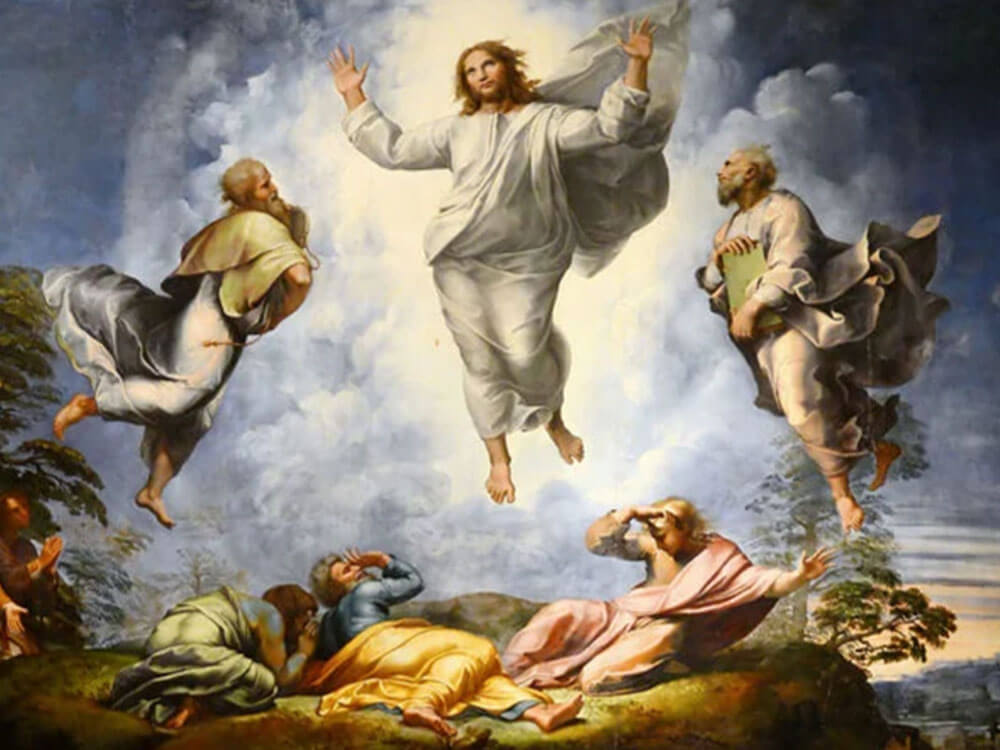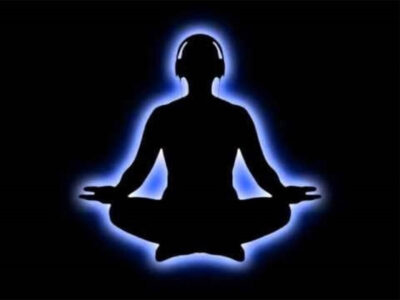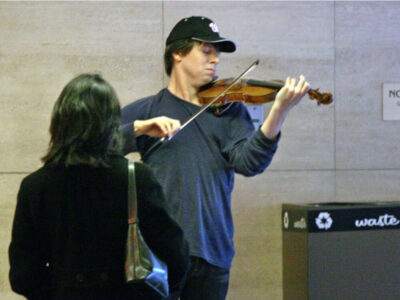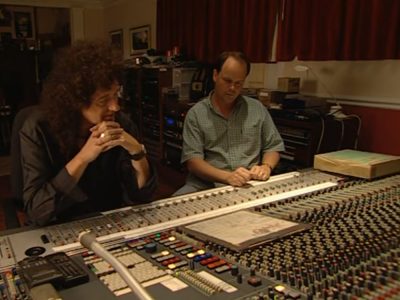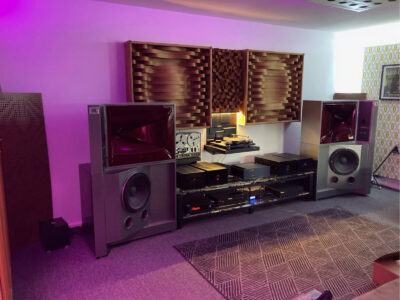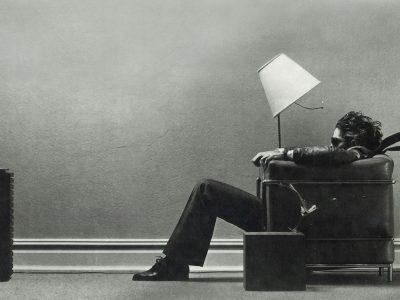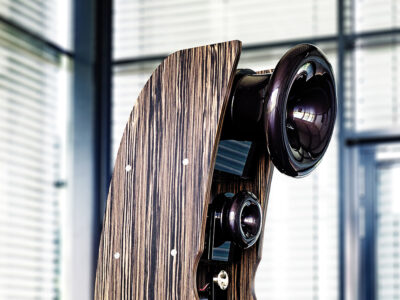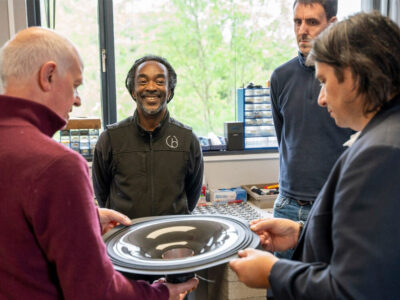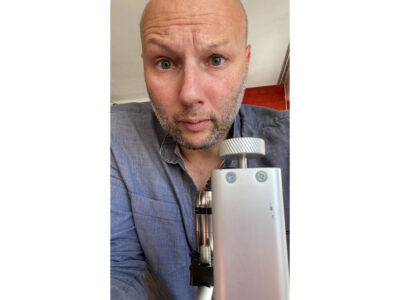Transfiguration
Imagine a fly buzzing around in the Pinacoteca Vaticana in the Vatican City. It flies around and eventually lands on an oil painting – Transfiguration by Raphael. It looks at the couple square centimetres of surface it has landed on, noticing the shades of colour. It feels the surface, noticing some slight undulations, sampling a taste and looking for signs of food.
Transfiguration was painted in 1516 by Raphael and was thought to be finished by his student, Giulio Romano in 1520 after Raphael’s premature death (Raphael died at 37 years of age). Cardinal Giulio de’Medici (who later became Pope Clement VII) commissioned Raphael to paint Transfiguration for the city of Narbonne in France. The painting was kept personally by the Pope after Raphael’s untimely death until he donated it to the church of San Pietro in Rome and eventually it found its way to the Vatican museum.
Transfiguration relates to successive stories of the Gospel of Matthew and is divided into two distinct parts. The upper part of the painting depicts Christ elevated in front of billowing, illuminated clouds and on either side of him are the prophets Elijah and Moses. In the lower portion of the painting, the Apostles are depicted, trying unsuccessfully to rid a possessed boy of demons. The upper portion shows a transfigured Christ, appearing to be performing a miracle, curing the boy and ridding him of the evil.
On a simple level, the painting can be interpreted as depicting a dichotomy: the redemptive power of Christ, as symbolised by the purity and symmetry of the top half of the painting; contrasted with the flaws of man, as symbolised by the dark, chaotic scenes in the bottom half of the painting.
If considering a deeper interpretation, it can be seen to depict the relationship between opposing conditions and energies. Life and death, the creator and destroyer, the yin and yang, good and evil, light and darkness and so on. These themes can be applied to all levels of human existence and experience.
The philosopher Nietzsche interpreted the painting in his book ‘The Birth of Tragedy’ as an image of the interdependence of Apollonian and Dionysian principles. The Apollonian attributes are reason, culture, harmony, and restraint. These are opposed to the Dionysian characteristics of excess, irrationality, lack of discipline, and unbridled passion. It is considered one of the most influential and powerful works of the master Renaissance painters.
Meanwhile the fly is examining its patch of oil painting real estate.
The fly does not know that it is in a museum at the Vatican City. Nor does it understand that it has landed on one of Raphael’s greatest masterpieces. These are human constructs unknown to the fly.
It has no way of comprehending the painting in its entirety and no way of understanding the history and themes depicted by the artist. It has no way of conceiving the artistic styles, techniques and references.
With its limited brain size, basic senses and cognitive capacity, it has no way of understanding the emotion and passion that went into this painting from the artist or what emotions can be triggered in the beholder. This paining is well known for eliciting deep emotions within people. Vatican museum staff have expressed that it is not unusual for people to cry or spend hours standing in front of this painting, lost in thought.
However, concepts of subtle beauty and nuanced meaning are alien to the fly as are concepts akin to spiritual inspiration and transcendence.
In the context of my life and existence, I feel that I am like the fly on the painting.
There’s a lot going on that I have no idea about. I have my small patch of experiences and I do my best to make sense of them with my limited abilities & capacities. I manage to gain some understandings and navigate clumsily through my life but I am acutely aware that I exist as a limited consciousness in a vast universe.
Life has plenty of mysteries!
There’s a wonder in the human existence, filled with both suffering and ecstasy. I know that there is something greater than myself, a greater consciousness and connectivity that occasionally reveals glimpses of itself to me. If I’m lucky, I may tap into it and feel a moment of inspiration, wisdom, acceptance and peace. I may feel that I have transcended the mundane for that fleeting moment.
Experiencing artistic expression like Raphael’s ‘Transfiguration’ does that to some of us. It gives us a glimpse of something supernatural, a higher resolution of existence. You surrender to it and it transports you, inspires, torments, stimulates and heals you all at once.
I feel the same way about music.
Music is an expression of the human condition but certain music seems to originate from a higher realm of existence. An artist tunes in to this realm and writes a song or a piece and brings it to our attention, giving us an opportunity to experience that magic.
Miles Davis was another incarnation of Raphael. Same energy, different form.
I wonder what the fly is doing now…

